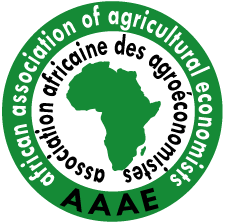Blogging comes more or less full circle with Jessica’s letters from Niger. Jessica Bliss is a Peace Corps volunteer in Niger. She has even less internet access than the other front-line people we occasionally link to. But she writes letters home. Using pen and paper and postage stamps; imagine that! And her parents blog them. 1 Beats handing a tattered envelope around.
Anyway, in her latest, Jessica puts the food crisis in perspective; the perspective of “her” villagers. She says that “with the exception of onions and the occasional powdered tomato and okra that they put in sauces, people don’t eat many veggies. (This might change here: working on it!)”
Two questions:
- Why not? Is it because there really isn’t enough water? Or is it that there just isn’t a cultural tradition of growing and eating plants?
- What can she be working on? I hope we’ll find out soon enough.

 I haven’t read
I haven’t read